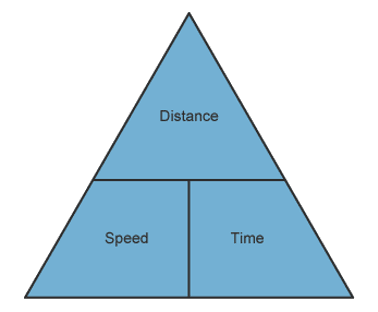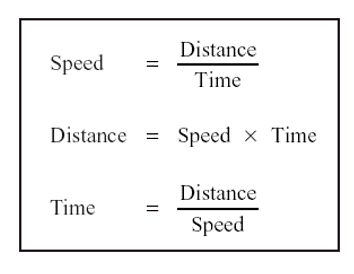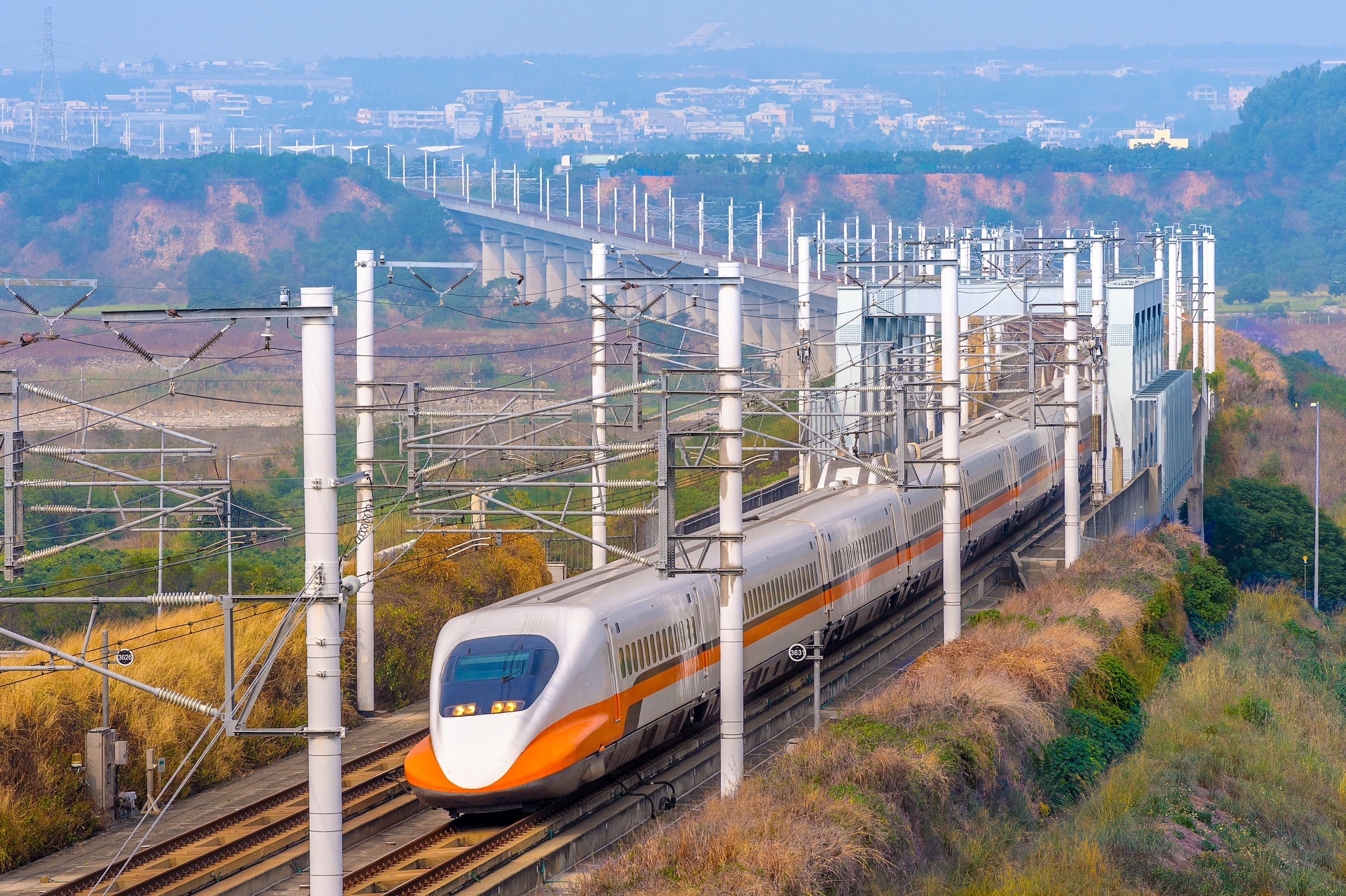In this post
The units that speed is given in are always related to a distance and time. So we can give a value of 60 miles per hour, 80 strides per minute or any other combination of a distance and time. To work out relations between distance, speed and time we use the following:

To work out any one of speed, distance and time we use the relations described below from the triangle.

Using these relations we can always work out the value of one if we are given the value of the other two.
Average speed
If we wish to find an average speed we simply use the relation of ![]() . Using the totals for both distance and time we can see that the average speed is
. Using the totals for both distance and time we can see that the average speed is

Example
Calculate the average speeds for travelling:
a) 40 miles in 5 hours
b) 75km in 5 days
c) 80m in 16 seconds
a) Here we must divide 40 miles by 5 hours. So we have an average speed of 8 miles per hour
b) Next, we have 75km divided by 5 days, so an average speed of 15km per day
c) And finally, 80m divided by 16 seconds gives 5 metres per second
Notice that the answer is a distance divided by a time, which is speed. When we give a measurement of speed we must give the units also, which are calculated simply by doing the same calculations as with the numbers but with the units given. So, for question a) we saw the answer was given in units of miles per hour, which is the same as ![]()
Because of this, the units in questions must be treated as part of the number and cannot be left out.
Multiple stages in a journey
It is fairly unusual for us to simply travel at a constant speed for a long period of time. Normally, a journey will consist of different amounts of time going at different speeds. However, to work out average speeds in these cases we must partition the journey into the sections where we travel at different rates. The average speed is still ![]() as before, but now we will not be able to work out the average speed for the entire journey without first working out individual speeds for different sections.
as before, but now we will not be able to work out the average speed for the entire journey without first working out individual speeds for different sections.
Example
A cyclist travels 30 miles in 2 hours, then 20 miles in 1 hour before completing the final 10 miles in 1 hour. Find these speeds:
a) The average for the first 30 miles
b) The average for the middle 20 miles
c) The average for the final 10 miles
d) The average for the entire journey
a) To work out the average we use the rules already encountered. 30 miles divided by 2 hours equals 15mph.
b) 20 miles divided by 1 hour equals 20mph.
c) 10 miles divided by 1 hour equals 10mph.
d) The total distance travelled was 30+20+10=60 miles. And this was done in a total time of 2+1+1=4 hours. So the total average speed for the entire journey is 60 miles divided by 4 hours which is 15mph.



